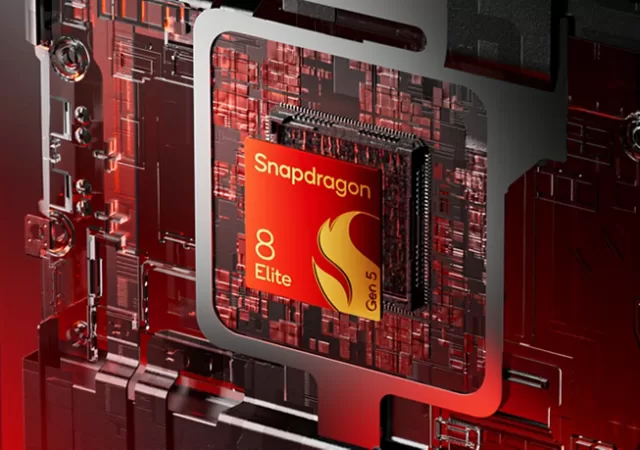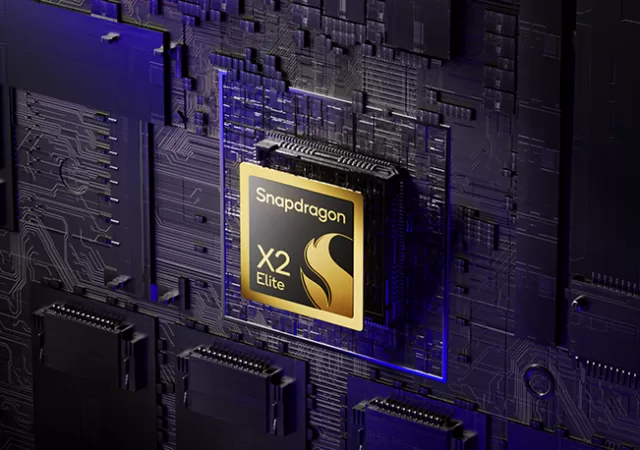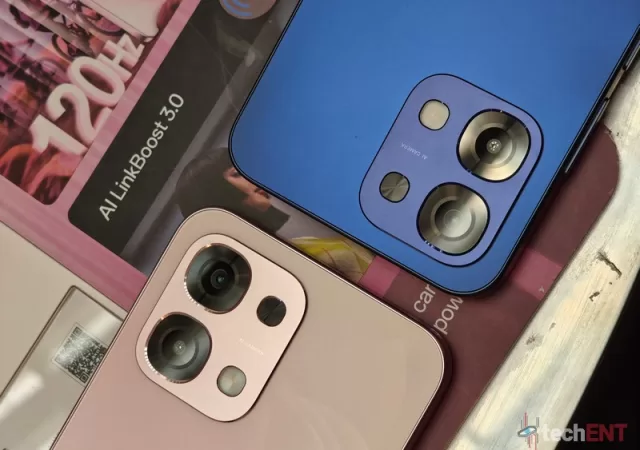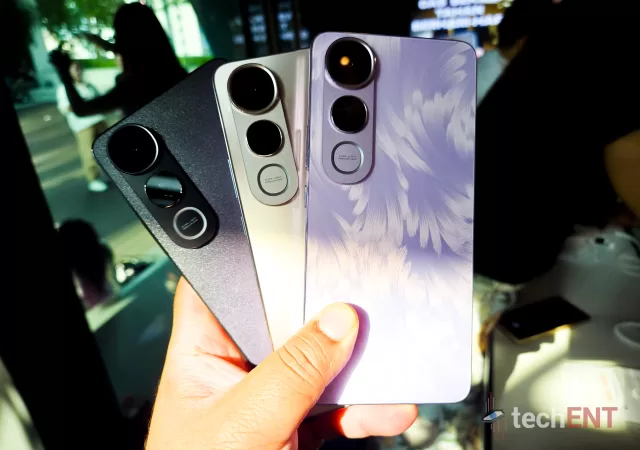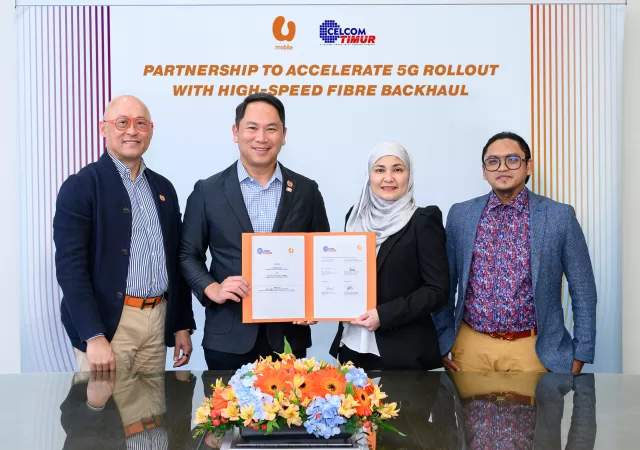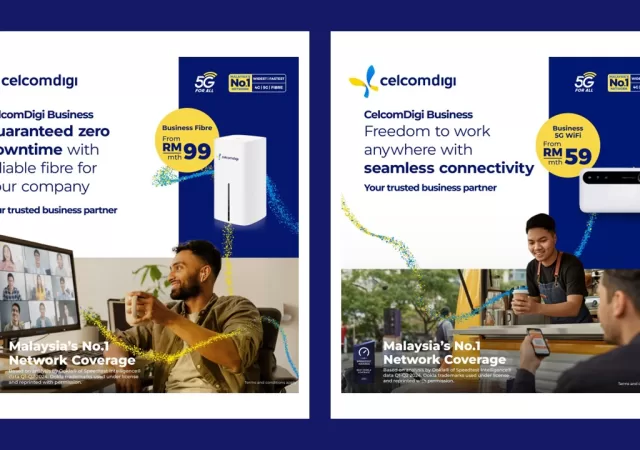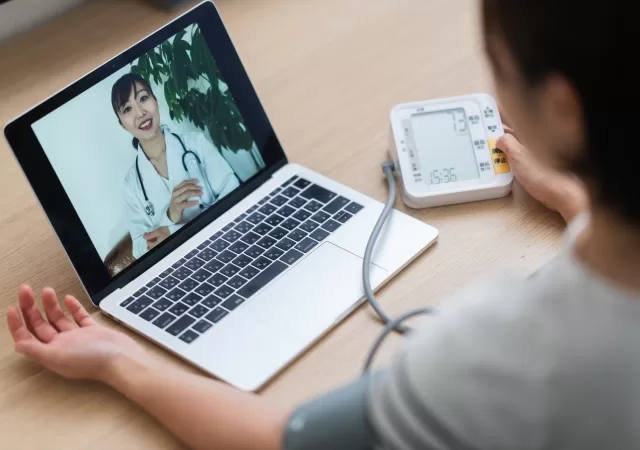OPPO’s A6 Pro 5G comes with optimisations for Mobile Legends: Bang Bang. It also launches a new in-game skin for Fanny.
Qualcomm Snapdragon 8 Elite Gen 5 Promises Better AI performance with Support for Cameras with up to 320MP
Qualcomm announces its Snapdragon 8 Elite Gen 5 platform that will be powering flagships in 2026 with leaps in the tech that comes under the hood.
Qualcomm Announces Snapdragon X2 Elite Built for High Performance x64 PCs
Qualcomm announces its next system on a chip (SoC) built for laptops and PCs – the Snapdragon X2 Elite that brings higher performance and better battery life.
OPPO A6 Pro 5G Launches in Malaysia, Focusing on Durability and Affordability
OPPO reinforces the A-series positioning as a rugged and durable smartphone with the OPPO A6 Pro.
vivo V50 Lite 5G Unleashed with Massive 6,500mAh BlueVolt Battery for RM1,299
vivo announces a new entry to the V50 series with the V50 Lite 5G that brings a massive 6,500 mAh battery in an affordable package.
U Mobile and Celcom Timur Sabah To Collaborate for Malaysia’s Next Gen 5G Network
U Mobile partners with Celcom Timur Sabah for Malaysia’s Next Gen 5G network.
U Mobile Partners with Huawei & ZTE to Deploy Malaysia’s Second 5G Network
U Mobile announces roll out plan of Malaysia’s second 5G network with ambitious goal of 80% COPA in the first 12 months with Huawei and ZTE spearheading.
CelcomDigi Brings Zero Downtime Connectivity to SMEs and MSMEs at Affordable Pricepoints
CelcomDigi is bolstering its Business offerings with products and services to ease digitization of SMEs and MSMEs with an always connected Fibre guarantee and more.
Yes 5G: KAWKAWKAW Your Way to Uncapped 5G
Yes 5G introduces a new offer – RM1 for 999GB of uncapped 4G and 5G data in time for festivities together with a new face for the brand -Amelia Henderson.
Transforming Healthcare in Asia Pacific: The Impact of Medical Devices
Telemedicine, remote medical devices and other new emerging technologies are reshaping healthcare. DKSH weighs in on the impact of these technologies.




